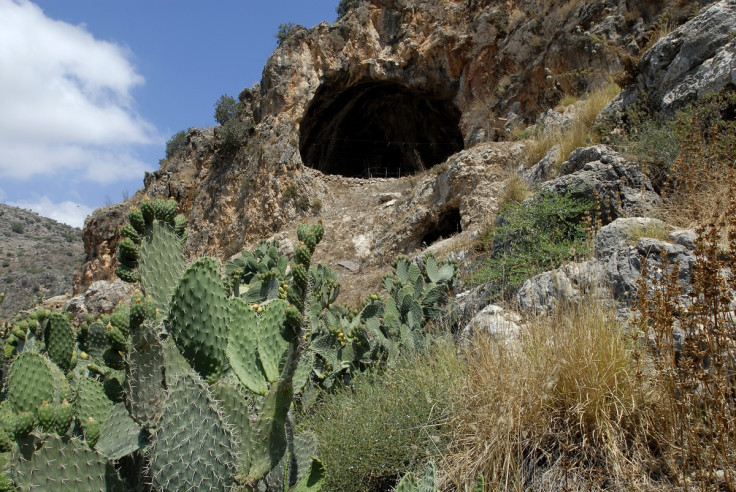Israel: Ancient shaman woman's grave discovered consecrated with leopard, eagle and tortoise bones
Unique animal offerings were found in the grave, highlighting the special status of the deceased.

In Hilazon Tachtit Cave in northern Israel, archaeologists have stumbled upon the grave of an old woman – possibly a shaman – dating back to the 'Natufian era', some 12,000 BP. The site is one of the rare cemeteries from the time, and provides strong evidence for ancient communities' engagement in ritual practice.
Rituals play crucial social roles in human societies by communicating information about social status, helping communities integrate and humans address their fear of death. The problem is rituals are dynamic processes and the reconstruction of such dynamics with archaeology is not always possible.
However, in a study published in Current Anthropology, the well-preserved condition of the woman's grave has allowed the researchers to identify multiple stages of a funerary ritual from the Natufian culture that existed from 12,500 to 9,500 ago in the Levant.
"The discovery is exciting because it comes from an ancient period when evidence for human ritual practice is beginning to grow. People have just started to settle down into villages and bury their dead on-site. Before the late Natufian era, burials are much less common in the archaeological record," study co-author Natalie D Munro, from the University of Connecticut, told IBTimes UK.
The burial of a 'shaman'
Although at least 28 individuals could be buried at the Hilazon Tachtit Cave, this study focuses on the largest and likely first grave at the site, which seems to contain the remains of a petite, old disabled woman with unique grave offerings. With first author Leore Grosman – from the Hebrew University of Jerusalem – Munro dug the grave to look for clues about the rites surrounding the woman's burial.
The way the grave is constructed suggests great care was taken to prepare the final resting place of the deceased. It also indicates this is potentially one of the earliest shaman burials in archaeological record.
"The construction of the grave was especially invested and refined. They did not simply dig a pit and place her body inside, but instead removed the bedrock from the floor of the cave, created an oval-shaped grave and plastered the walls with clay and flat stone slabs," Munro says.

Close to the body, a large number of offerings were excavated. They include one complete and one anterior half of a stone marten skull, the tail of an aurochs, the wing tip of a golden eagle, innominate of a leopard, two seashell pendants, a complete bone point, a lightly retouched limestone pebble, an articulated human foot, a limestone scraper and a basalt bowl fragment polished from frequent handling. More impressive, the remains of 86 tortoises were found in the grave.
"She was buried with a unique suite of animal remains that often figure in the tool kits of modern day shamans around the world. She was also old and was born with deformations in her spinal column and hip. All of these things are commonly associated with ritual practitioners, thus these three elements support the hypothesis that she was a shaman," Munro sums up.
The burial site has also yielded a number of more general indications about ritualistic practice in these ancient times. One is that eating was a central moment of funerary rituals. "The gazelle bones and tortoise shells thrown into the pit suggest that the consumption of a large communal meal like a feast was part of the burial ritual," Munro concludes.
© Copyright IBTimes 2025. All rights reserved.






















